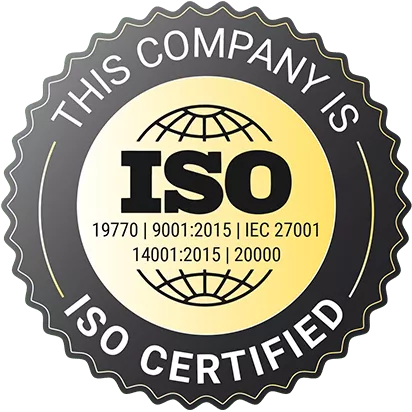Buy SQL Server 2017 from Wiresoft
Introduction to SQL Server 2017
SQL Server 2017 brings an exceptional variety of features and world-class performance that makes it a top choice for your data management needs. As the first version of SQL Server to run on both Windows and Linux, SQL Server 2017 marks a significant milestone in the history of Microsoft's relational database systems.
Why choose SQL Server 2017?
SQL Server 2017 is a revolutionary release not only because of its cross-platform support, but also because of the advanced features it offers in areas such as performance, security and business intelligence. Here are some of the key features that make SQL Server 2017 so attractive:
Cross-platform support
For the first time, SQL Server is available on Windows and Linux, allowing organizations to leverage the familiar high performance and security of SQL Server on their platform of choice. This opens up new avenues for flexibility in IT architecture.
Advanced AI and analytics capabilities
SQL Server 2017 integrates artificial intelligence directly into the database servers. With support for the R and Python languages, developers and data scientists can bring advanced analytical models directly into the database, accelerating analysis and deepening insights.
Performance enhancements
SQL Server 2017 introduces Adaptive Query Processing and Automatic Tuning, features that automatically optimize database performance. These intelligent technologies dynamically adapt to changing data conditions and improve query speed and efficiency.
Improved security features
SQL Server 2017 further extends its leadership position in database security. New features such as Always Encrypted technology, which ensures that data encryption is always active, provide additional protection against attacks and data leaks.
New features in SQL Server 2017
SQL Server 2017 is packed with new features that set it apart from its predecessors:
Graph database capabilities
One of the most exciting new features in SQL Server 2017 is the introduction of graph database capabilities. These allow complex relationships between data sets to be effectively modeled and queried, ideal for applications such as social media analytics and fraud prevention.
Docker container support
SQL Server 2017 provides support for Docker containers, enabling easy installation and maintenance on all supported platforms. This simplifies deployment and management, especially in distributed and cloud-based environments.
Management Studio enhancements
SQL Server Management Studio (SSMS) in SQL Server 2017 receives significant updates that improve usability and functionality, including better support for the latest Azure services and more personalization options.
Buy SQL Server 2017 from Wiresoft
Wiresoft offers you an easy and secure way to purchase licenses for SQL Server 2017. Benefit from our expertise and get access to authentic licenses at competitive prices.
Simple and secure purchase process
Our purchase process is designed to give you the fastest and most secure access to SQL Server 2017. Once purchased, the software is immediately available for download so you can start using it without delay.
Conclusion
SQL Server 2017 offers a host of advanced features and enhancements that make it the ideal choice for modern organizations looking for a reliable, secure and powerful data management solution. With support for the latest technologies and platform independence, SQL Server 2017 is a future-proof investment that will take your data processing to the next level.
Purchase SQL Server 2017 from Wiresoft today to manage your data more effectively and take advantage of an advanced data platform.










































